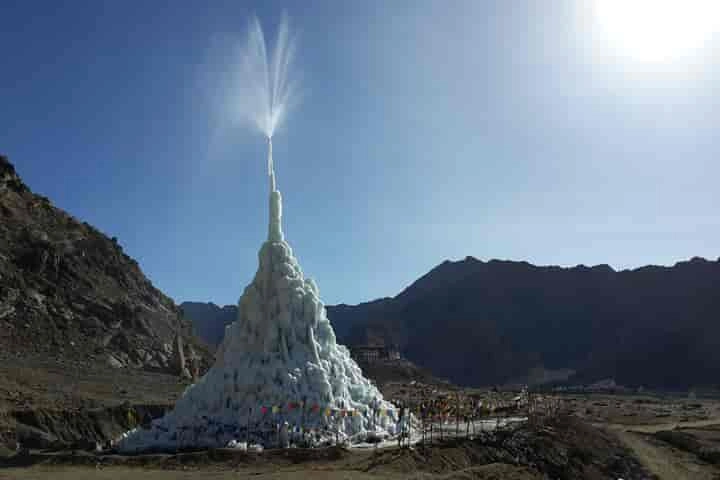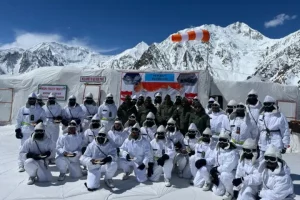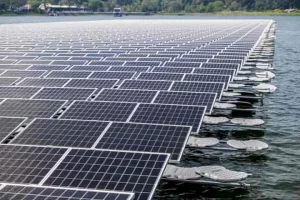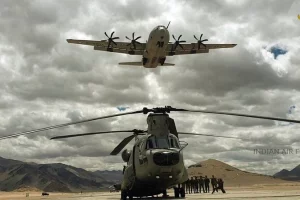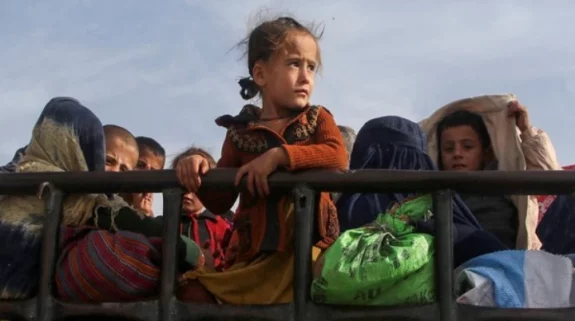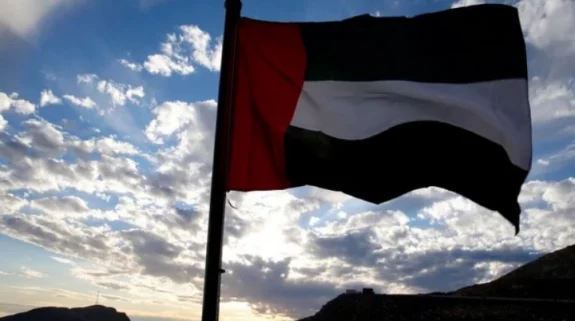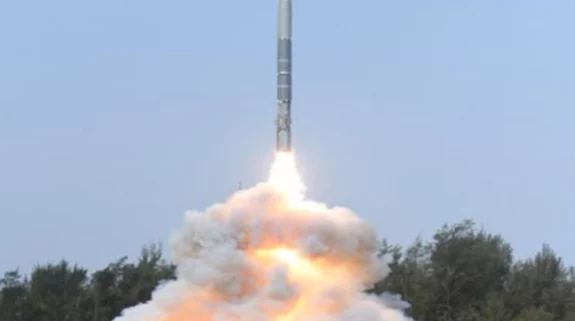Climate change and global warming has had serious repercussions world over. Among them are the mountainous regions where receding glaciers have led to scarcity of water for drinking and irrigation — making life tougher in a place which is not exactly hospitable.
Finding a local solution for this problem, people in Ladakh use pipes and sprinklers to make ice cones which can reach good heights. These huge glaciers made by human beings are called ice stupas and help people tide over the need for water to drink and water crops during the dry season. Yet, there is an issue with these ice stupas as the pipes freeze when it gets very cold.
As per a report in sciencenews.org now a new system has been invented which is automatic and can create these ice stupas steering clear of the problem of frozen pipes by using local weather data to check the quantity of water which is to spouted and also its timing.
The new system is efficient since it uses just a tenth of the quantity of water that was used in the earlier conventional system. This has been reported by the scientists in the Frontiers in Hydrology meeting held in Puerto Rico’s San Juan last month.
Commenting on this Duncan Quincey, a glaciologist at England’s University of Leeds said: “This is one of the technological steps forward that we need to get this innovative idea to the point where it’s realistic as a solution.” Quincey was not part of the research.
The automation of the system will go a long way in helping the communities create bigger ice stupas which will last longer and thus provide more water during the dry periods and for a longer duration.
Ice stupas have become a mainstay for people living in high mountains in India, Chile and Kyrgyzstan to sustain them through the dry periods. The water which comes when the glaciers melt is pushed through gravity-driven fountains to sprinkle during the winters. The chill cold air freezes this water in cones which can stock million litres of water.
While being a simple method it is not a very efficient one since 70 per cent of the water which is spouted may just flow away and not freeze, as per Suryanarayanan Balasubramanian.
Balasubramanian is a glaciologist at Switzerland’s University of Fribourg.
In order to make the whole process efficient, Balasubramanian and his team fitted the fountain of the ice stupa with a computer that automatically altered the flow of the spouted water based on local conditions including the wind speed, temperatures and humidity.
The researchers then got down to test the efficiency of the new system. They built two ice stupas in Guttannen, Switzerland. For one they used a continuously spraying fountain while for the second they used the automated system.
Running the two systems for four months they found that by using the continuously sprinkling fountain method, 1,100 cubic meters of water was spouted and 53 cubic meters of ice had been amassed while the pipes froze once. In the case of the automated system, only 150 cubic metres of water had been sprayed yet it had formed 61 cubic metres of ice and there was no instance of frozen pipes.
Having found an efficient method, the scientists are trying to make the prototype affordable and within the reach of the communities residing in the high mountains around the world. On this aspect, Balasubramanian remarked: “We eventually want to reduce the cost so that it is within two months of salary of the farmers in Ladakh. Around $200 to $400 (roughly between Rs.15,000 to 30,000).”
Also read: India’s Ladakh Ice Stupas Inspire Solution For Drought In Faraway Chile






